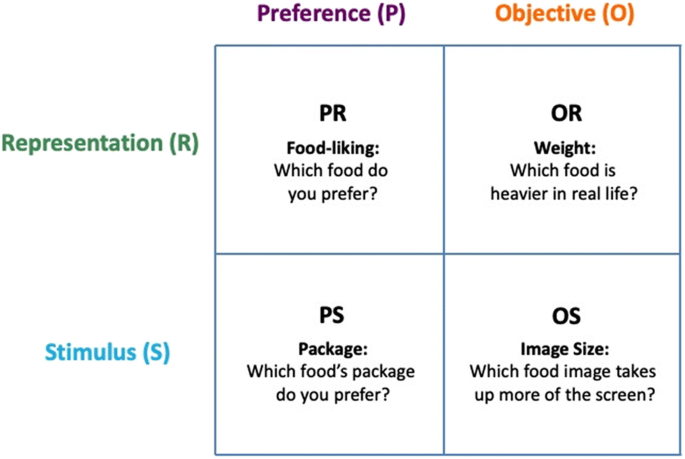Trueblood, Jennifer S., and Jonathan C. Pettibone. “The phantom decoy effect in perceptual decision making." Journal of Behavioral Decision Making 30.2 (2017): 157-167. [PDF] wiley.com
==abstract==
幻影誘餌是指一種在進行選擇時,尚不存在的替代方案,但這個方案卻優於另一個“目標”選擇。…
A phantom decoy is an alternative that is superior to another “target” option but is unavailable at the time of choice. In value-based decisions involving phantom decoys (e.g., consumer choices), individuals often show increased preference for the similar, inferior target option over a non-dominated competitor alternative. Unlike value-based decisions that are driven by subjective goals, perceptual decisions typically have an outside criterion that defines the goal of the task (e.g., target is present or absent). Despite their obvious differences, past research has documented a number of commonalities between both types of decisions. In a set of three experiments, we examine the influence of phantom options on simple perceptual decisions and point out a critical difference between perceptual and value-based decisions. Our results show that in perceptual choice, participants prefer competitor options to target options, the opposite of the pattern typically found in consumer choice. We use the results of the experiments to examine the predictions of four different models of context effects including loss aversion and dynamic, preference accumulation models. We find that accumulation models provide the best explanation for our results as well as being able to generalize to other context effects.
==refer to==
感知決策是指利用感官信息引導行為以應對外部世界的過程
Perceptual decision making is the process by which sensory information is used to guide behavior toward the external world. (2014)
在感知決策過程中,即使在兩者對正確決策同樣具有信息的任務中,受試者通常更強烈地依賴早期感官證據,而不是後期證據。During perceptual decisions, subjects often rely more strongly on early, rather than late, sensory evidence, even in tasks when both are equally informative about the correct decision. (2018)
感知決策是根據現有感知信息從一組選項中做出選擇的行為 Perceptual decision making is the act of choosing one option from a set of alternatives based on available sensory information. (2020)
